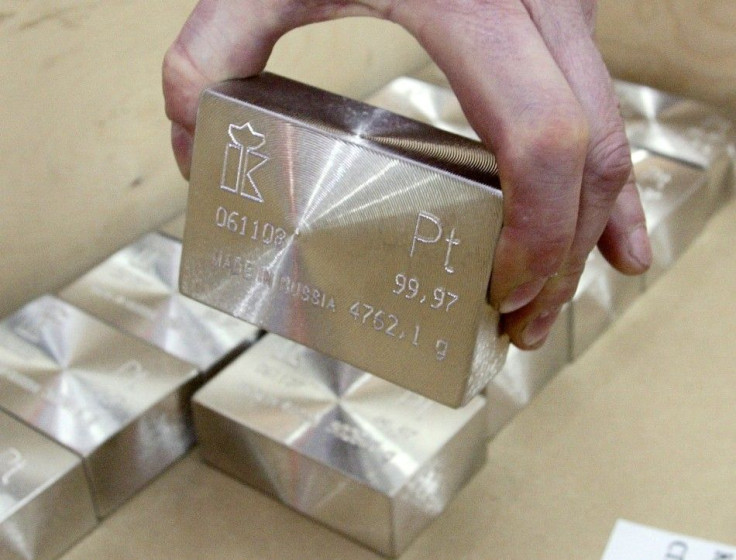Lonmin, World's 3rd Largest Platinum Producer, Tops 3Q Expectation

Lonmin, the world's third-largest platinum producer, beat expectations with a 59 percent jump in full-year earnings, even though a strike at its Karee operations drove up unit costs and forced the miner to cut its output target.
Lonmin said demand next year would be softer than had been forecast, prompting it to change previous forecasts of a deficit for 2012 to a balanced or moderately oversupplied platinum market. The company also said on Monday it expected volatility in precious metals markets in the short term.
Platinum is one of the commodities most geared to the euro zone, with Europe, which includes some of the world's largest diesel engine markets, consuming roughly a quarter of the metal for autocatalysts, used to cut pollution from car exhausts.
But Chief Executive Ian Farmer told reporters on Monday that China was taking up much of the slack from a weaker Europe: Jewellery is price sensitive, so as price comes down or the price relative to gold looks more attractive, we see volumes pick up.
The miner said demand from both auto and jewellery end users was holding up despite gathering storm clouds. Farmer said he expected prices to recover towards the end of 2012, 2013.
Platinum prices have dipped in the 2011 calendar year, with spot prices down around 6 percent since January, though they have recovered from lows touched at the start of October.
Lonmin said full-year underlying earnings per share rose to 111.6 cents from 70.2 cents, above expectations of 88 cents, according to Thomson Reuters I/B/E/S/, largely on the back of higher revenue and better achieved prices.
Revenues climbed to $1.99 billion, also topping forecasts and helping underlying profit before tax up almost 33 percent.
Platinum sales totalled 721,000 ounces over the 12 months, meeting a 2011 sales target trimmed in June after safety stoppages were followed by a walkout at Karee that saw it dismiss 9,000 workers. Lonmin targets sales of 750,000 platinum ounces in 2012, marginally below its 800,000 capacity.
The group's longer-term aim remains to restore sales and output to 950,000 platinum ounces, the miner said.
The operations were positive, they had four or five months of pretty solid operations, analyst Andy Davidson at Numis said. But the overall tone was very cautious, which speaks to the market.
Shares in the group were up 0.9 percent at 0845 GMT, outperforming a 0.8 percent rise in the sector.
COSTS TOUGH, CAPEX SEEN RISING
Lonmin reported capital spending of $410 million this year, set to rise to $450 million for its 2012 financial year. The group said it could trim that if the economic environment dictates, given the need to retain balance sheet strength.
Costs per ounce increased by 11.2 percent. Lonmin had raised unit cost guidance to an annual increase of around 11 percent from 8 percent before because of the stoppage at Karee, part of its Marikana operations.
Rising costs have eaten into the bottom line for all miners, with South Africa, where Lonmin operates, particularly badly hit by wage inflation and rising power costs.
We expect our cost profile next year to increase about in line with our wage increase levels which at this stage is not yet resolved... but we expect it to be around the 8 to 9 percent range, Farmer said.
Shares in Lonmin have tumbled along with the rest of the sector in recent months and are down almost 47 percent from the start of the calendar year 2011, still underperforming the broader UK-listed mining sector.
© Copyright Thomson Reuters 2024. All rights reserved.












